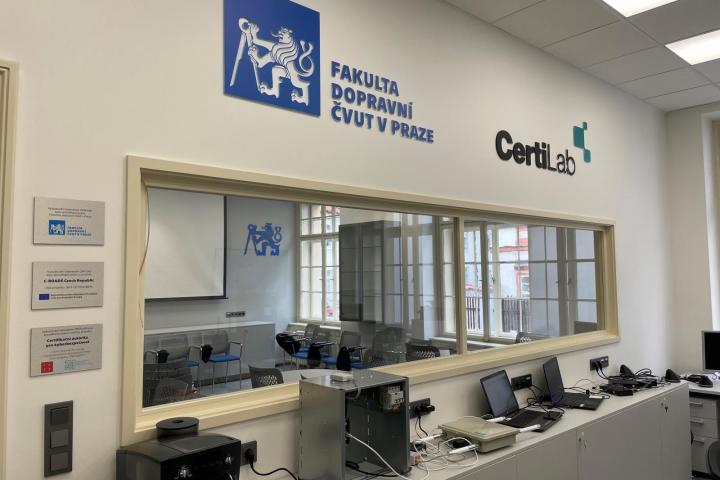
The Most Prevalent Wordpress Security Myths: How Web Developers Are Affected
WordPress web development may not seem like a challenging task. Since this platform has been in existence, a wide range of Web developers have handled projects of this nature. However, the top web development companies are not always aware of the issues and problems that take place when it comes to security.
On the other hand, these common problems can cause a WordPress web development company to make mistakes that are avoidable in nature. To that end, this guide is designed to help the top web development companies avoid falling victim to the most prevalent myths that have been allowed to persist. Would be Web developers would do well to read on and learn more!
1. The Platform Is Inherently Insecure
Nothing could be further from the actual truth. WordPress did not become the world's most popular platform for content management by accident. Studies show that at least 25 percent of the websites that are currently online are being powered by WordPress web development. There have been a few security scares over the years but nothing that should deter future Web development plans.
These scares have caused alarmists to start fretting about the long term future of the platform and these worries are simply not conducive to the planning process. The only reason why this myth has been allowed to persist for this long is because of the inherent popularity of the popularity.
2. Cloud Based Firewalls Are The Same As Other Firewalls
This is the sort of myth that could endanger all of the progress that is made during the WordPress web development process. Content delivery networks are often used in the same manner as a cloud based firewall but they are not able to provide the same benefits. A Web developer that is looking to get the most out of the WordPress platform must bear this important fact in mind.
The Wordfence firewall is actually the best firewall to use when protecting a WordPress. This firewall protects the original IP address. The best way to keep data protected is to monitor the places that it originates from. A firewall must be able to shield the IP address from potentially prying eyes.
3. SSL Certificates Will Keep The Site Safe
The SSL certificate will add an additional layer of Web security but there are many developers who falsely believe that this certificate is the sole level of necessary protection. This certificate is of the utmost comfort to visitors who are going to be communicating with others along the way.
Sensitive personal data that is shared on a WordPress is protected by the SSL certificates. This form of security does not extend to all areas of the site, though. SSL certificates are only going to keep browsers protected when they are attempting to carry out transactions. All other areas of the site must be secured with the proper software and plug in updates.
4. Attackers Won't Care About The Site
Some WordPress Web pages are not designed with grandiose visions in mind. The top web development companies can still offer the proper assistance and keep a WordPress web development project from potentially going off the rails. One of the most commonly circulated myths when it comes to WordPress sites has to do with the size of the site (and what it is used for).
Surely, an attacker is not going to care about compromising the security of some site that no one even visits, right? Wrong. The vast majority of online attacks are focused on smaller sites, whether they are businesses or not. Attackers believe that there are no consequences in these instances and that is why this myth needs to be removed from the collective consciousness.
5. Passwords Are Able To Fix All Site Security Issues
Web developers who are truly experienced are going to shatter this illusion in record time. There is absolutely nothing to support this antiquated idea. While a strong admin password is always going to be helpful, this is not a cure all for any security issues that are taking place. The password and username are a key aspect of securing the site but there is far more to it than that.
The average bot is simply going to try passwords until they are able to crack the code. Meanwhile, the advanced hacker has already figured out how to bypass the password step entirely. Remaining one step ahead of the malicious hackers out there with ill intent is about more than coming up with an awesome password. Hackers have a variety of means to break into a site, without ever having to guess the password.
6. 'wp-admin' Can Be Hidden and All Attacks Will Cease
Brute force attacks are an all too common occurrence but that does not mean that outdated security methods are the answer. Malicious bots are not going to stop trying to hack the WordPress site just because the 'wp-admin' folder has been hidden from sight. While the beginner Web developers out there may sell this idea as a true solution, the top web development companies would never dream of it.
Those who decide to move the aforementioned folder out of sight are only hurting themselves. Moving the 'wp-admin' folder will often cause various plug ins and features of the site to stop functioning in the proper manner. Any hacker who possesses the tools to break in is still going to find the folder. Hiding it helps no one and is a placebo measure at best.
7. Increase vigilance
The last thing that you can do with modern cybersecurity standards is to let them slip. Make sure that you do not become complacent and start increasing the number of checks carried out and the number of steps needed to obtain data. People might complain about red tape getting in the way of productivity, but no amount of easy working conditions is worth putting your data and your reputation at risk. Even if it seems harsh, increase vigilance and keep a closer eye on everyone who works within or for your business, even on a temporary basis.
Most Recent Articles
You Might Be Interested in Reading These Articles

Understanding the Importance and Value of Backend Security
We know that backend security is important, but what exactly constitutes the “backend?” To put it simply, the backend is the portion of a website, web application, or mobile application that exists behind the scenes. By contrast, the “frontend” of an application is everything that the user interacts with. This includes design features in the website or application, links, transactions, images, content, and others.
Published on October 06, 2015

The World of Mobile Apps Is Not As Secure As You Think
Mobile app startup companies are notorious for cutting corners. One of the first things that is cut is security. After all, they have the big guys like Comcast, AT&T, and Verizon to protect mobile users, right? Wrong! All the way down the line. TechCrunch's article about security for mobile devices is an interesting theory on the state of security on the Internet. Although, they do hit the mark in the article about how companies fix the problem after the fact of the security breach.
Published on January 13, 2015

TeskaLabs SeaCat PKI for C-ITS delivered to CertiLab of Czech Technical University
TeskaLabs supplies the SeaCat PKI and the dedicated C-ITS security testing tool for CertiLab, laboratory for the development and testing of technologies for Cooperative Intelligent Transport Systems (C-ITS).
press
automotive
c-its
v2x
security
Published on July 07, 2021
